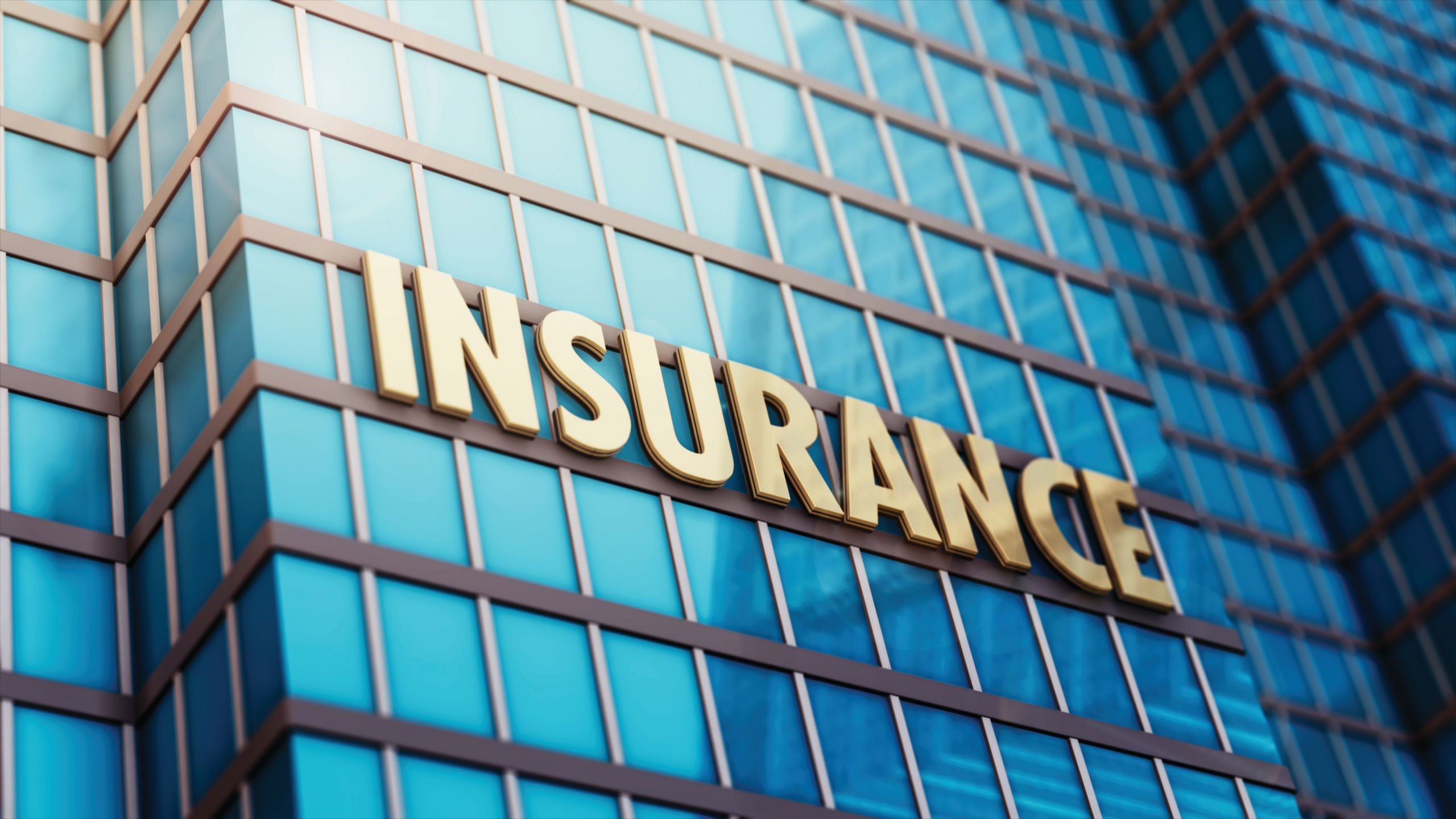Showroom managers have the opportunity to learn from grocery stores and insurance companies to improve their business. It may not sound intuitive, but there is plenty to learn from both industries. Stores have invested resources researching where the products are best placed. Once the products are placed on shelves, companies continuously track the sales results, and constantly change the formula to maximize the results. With an average profit margin of 1-3% for a conventional grocery store, they must be very efficient. Imagine if high-end showrooms could be equally efficient. Next, let’s look at the insurance business. In their advertising, other than enjoying the gecko, what do potential customers learn? Bundle, bundle, bundle. Showrooms should also bundle, to help increase profits.
Grocery stores focus on packaging, placement and price. Naturally, in the showroom world it needs to be somewhat altered to make sense, but it is not a huge leap. Showrooms displaying products using vignettes, can think of what they package together. Likely there will be different products, and different brands in one vignette. Make sure the displays “go together.” How many times do showroom salespeople say: “Customers have little imagination, and that is why vignettes are so helpful.” Next decide where in the showroom to place certain displays. The grocery store industry has a motto “eye level is buy level.” This is easily translated into the showroom. Put the products that you want to sell (high margin, high rebate) in the best spot of the showroom. Showrooms with nice window displays should put the best products there, just like luxury stores on Park Avenue in New York. However, in some showrooms, the window displays are impossible to see once you are inside the showroom, the strategy there would be to showcase something fantastic to get customers into the store, knowing those will not be the brands you focus on. In this case, price and placement become one and the same. Display higher end, higher margin products up front, in the more desirable areas of the showroom.

Grocery store management also includes cross merchandising, items that are constantly there vs. seasonal. You will find chocolate close to flowers, pasta with pasta sauce, chips with dip, and every college student’s favorite, ping pong balls next to the red cups. Naturally, showrooms are doing this already, but take it a step further. Examples include ensuring there is a free standing makeup mirror on vanities, higher end hardware on the same vanities, showing accessories in vignettes, this will help both salespeople and clients add to the sale.
Track your displays, creating a planogram to help manage and track the ROI of your displays. How many showroom managers know the displays that are making the most money, if not, they should. Yes, it is time consuming, and tedious to keep up to date, but important information. This will be a powerful tool when meeting with manufacturers/suppliers and sales reps.
Insurance is probably one of the dullest industries and products around. That is probably why they have fun and entertaining commercials. Most insurance companies talk about bundling. Buy different insurance plans with us (car, home, life etc.) and save money. Let’s take that concept and increase our margins and our profits. Showrooms should bundle brands from LPG. Every single LPG product sold comes with a rebate, when the salesperson “bundles” the sale with LPG products, showroom companies will realize higher rebates, higher margins, and in the end, higher profits. Make sure that every salesperson in the showroom knows every single LPG supplier that you purchase from. Consider giving incentives to the salespeople when they put three, four, or even five LPG brands on one ticket.
Peter Ollestad
Peter Ollestad is an industry veteran of 25 years. Before his current position as director of business development at Luxury Products Group, Ollestad worked for Kohler, Strasser and Crosswater London.